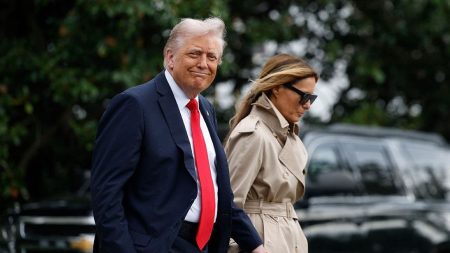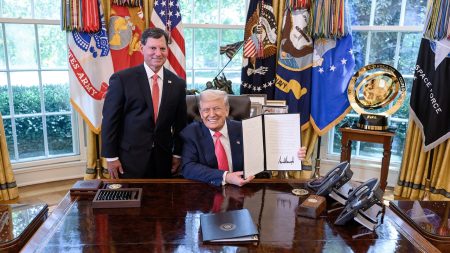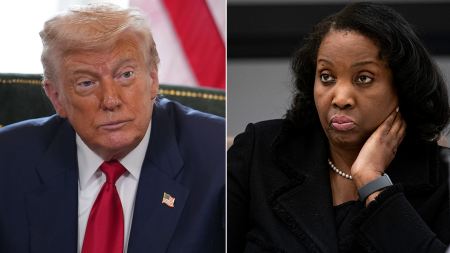President Joe Biden is set to attend the G7 summit in Italy with a new set of over 300 sanctions aimed at isolating and weakening Russia. The measures are based on G7 commitments to intensify pressure on Russia and are designed to limit the Kremlin’s revenues and impede Moscow’s ability to source materials for its ongoing war in Ukraine. The sanctions target foreign financial institutions supporting Russia’s war, restrict Russia’s access to specific US software and information technology services, and focus on individuals and entities enabling Russia to sustain its war effort and evade sanctions.
Over the years, the US and its western allies have imposed various sanctions on Russia, but the country has managed to adapt to them. Russian President Vladimir Putin has even boasted about Russia’s resilience to international sanctions, pointing out that they take time to have a significant impact. The recent sanctions seek to address this by targeting Russia’s remaining avenues for accessing international materials and equipment, disrupting its ability to benefit from foreign technology, equipment, software, and IT services. Treasury Secretary Janet Yellen emphasized that the goal is to increase the risk for financial institutions dealing with Russia’s war economy and eliminate paths for evasion.
One key action involves empowering the Treasury to impose sanctions on foreign financial institutions aiding Russia’s military-industrial base. This move threatens financial sanctions on institutions conducting business with any entities previously sanctioned for their support of Russia’s war efforts, including major Russian banks like Sberbank and VTB bank. A senior Treasury official highlighted that Russia’s war economy requires materials and goods from other countries and companies outside Russia, and expanding secondary sanctions will make it harder for Russia to access these crucial supplies.
The sanctions also target the sale of semiconductors to Russia, expanding existing penalties to impact countries using US technologies to produce these essential computer chips. China, in particular, is singled out for filling a significant portion of Russia’s industrial base and circumventing the existing sanctions. By focusing on goods that are not just US-origin but US-branded, the sanctions aim to prevent entities in third countries from selling these goods into Russia, impacting nearly $100 million worth of high-priority items like semiconductors.
In addition, new measures will address Russia’s attempts to evade sanctions through complex networks that move money and assets. More than 90 individuals and entities involved in such schemes in various countries including Russia, Belarus, China, and others will be designated. These convoluted schemes aim to circumvent existing sanctions and provide Russia with access to valuable goods and assets crucial for its war effort. The expanded sanctions aim to disrupt these networks, making it more challenging for Russia to evade international restrictions.
Overall, the latest round of sanctions against Russia underscores the continued effort by the US and its allies to increase pressure on the country and disrupt its war economy. By targeting critical avenues for Russia’s military-industrial base, access to technology and goods, and evasion networks, the sanctions aim to make it more difficult for Russia to sustain its war efforts in Ukraine. These measures are part of a broader strategy to ensure that Russia faces consequences for its actions while also limiting its ability to engage in further aggression or illegal activities on the international stage.












